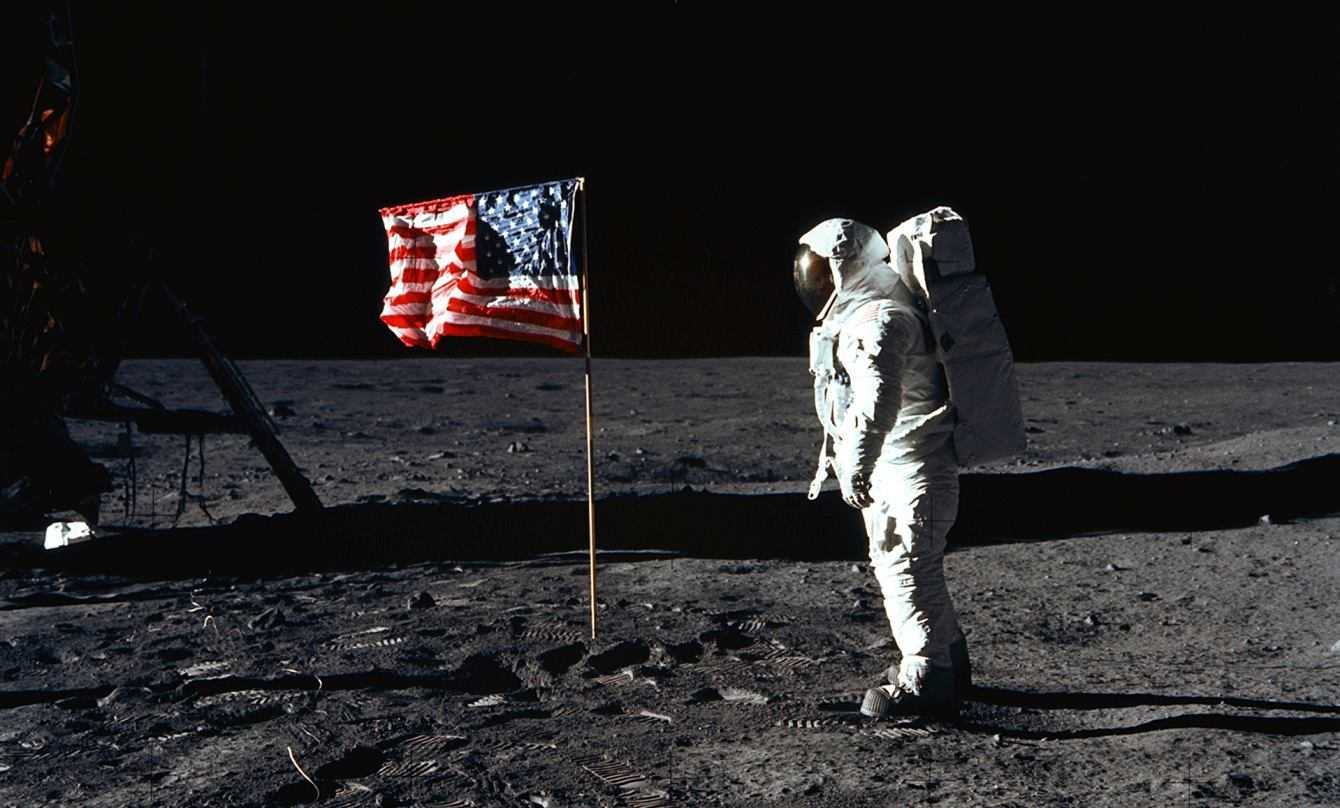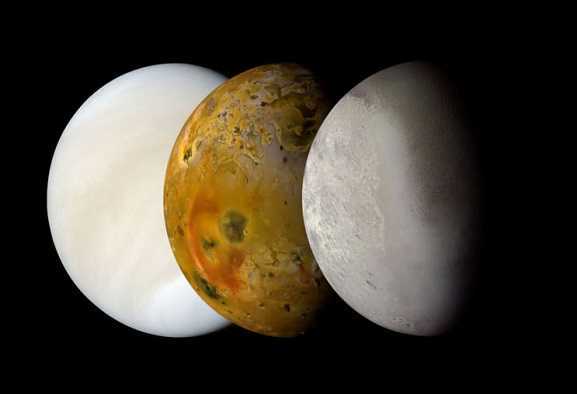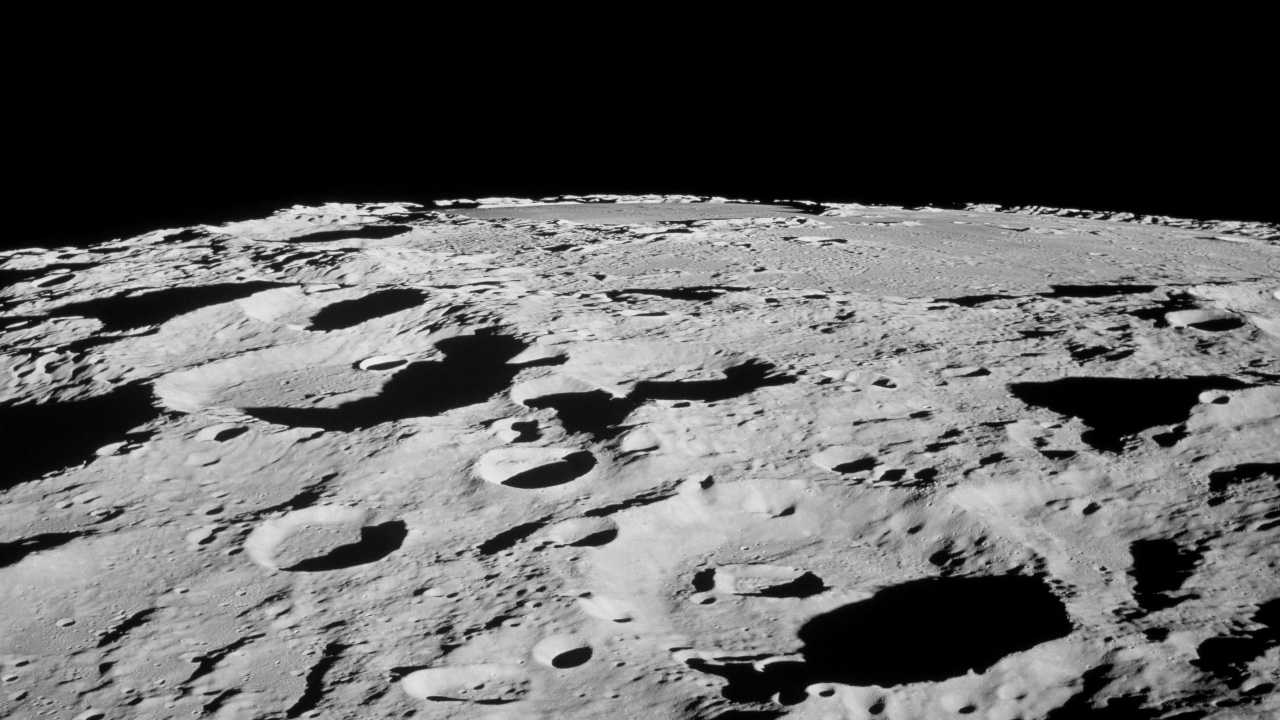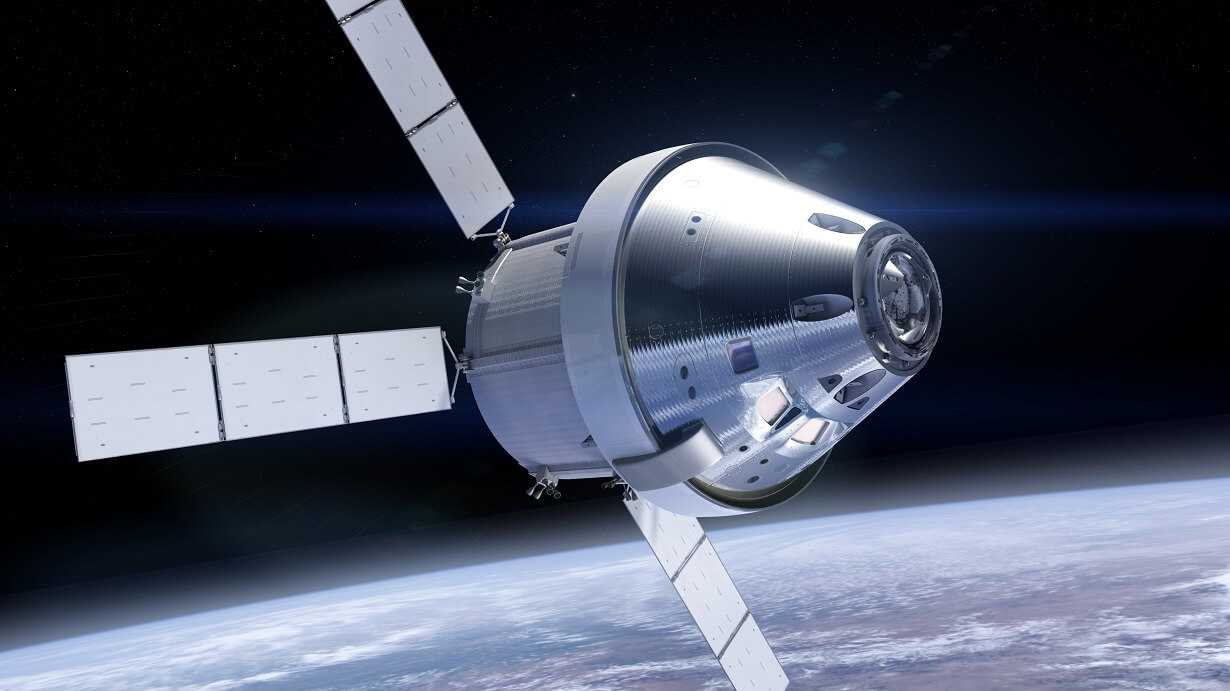After Apollo 11, new long-term objectives have been programmed by NASA: let’s discover them together on the occasion of the anniversary of the famous lunar landing.
The July 20, 1969 the space mission Apollo 11 reaches its climax with the moon landing. On board, three American engineers: the commander Neil Armstrong and pilots Micheal Collins e Buzz Aldrin. Thus ends the “race to the moon” between Soviet Union e America, with a not exactly obvious outcome. During the Cold War, after the expedition of the satellite Sputnik I and the space trip into Earth’s orbit of Juri Gagarin, fate now seemed written in favor of the Soviets. Yet, the first flag to fly on the lunar soil was the stars and stripes. The moment was sealed with the emblematic phrase “one small step for man, one big step for mankind”, spoken live worldwide by Armstrong’s metallic voice. 52 years have passed since the end of Apollo 11: what will be the next space missions promoted by NASA? Let’s find out together.

Man on the Moon, the space conquest of the last century, NASA
2021: the James Webb Space Telescope
The launch of the new Space telescope is intended for October 2021. It was created, in collaboration, by NASA, THAT (European Space Agency) e CSA (Canadian Space Agency). It will help the already present Hubble, launched in 1990 and potentially operational until 2030-2040. Thirty years, in the technological field, is a long time. In fact, the James Webb, compared to the previous one, has decidedly more avant-garde features. In addition to its larger size, the new space telescope has a 6.5 meter long primary mirror. Its role is to study the wavelengths in the infrared band.
Why is the latter technology used? The reason is simple.
Orbiting outside the Earth’s atmosphere, the telescope it is affected by the disturbing effect of cosmic dust and gases from interstellar clouds, which are very hot (10,000 K). By studying it infrared spectrum, it is possible to pick up star formations, protoplanetary disks e i nuclei of active galaxies. These tend to be colder than stars and emit infrared radiation. Self James Webb should not exploit the latter, these important image “signals” would be lost.
Also, thanks to the introduction of a cryogenic plant and gods micro-shutters adjustable like “roller shutters”, it will be possible to select several light spectra simultaneously. This will allow you to analyze up to a maximum of one hundred objects at the same time.
Thanks to this new space telescope, we will be able to capture new galaxies and learn more about our magnificent universe. Definitely a huge step forward from the Apollo 11 mission!

2023: OSIRIS-Rex and the package delivered from space
You read that right: there will be a package being delivered from the universe and it has been in storage from 2020. This is the final step of the OSIRIS-Rex mission, scheduled for 2023. The objective of the latter is the study of the mysterious asteroid 101955 Bennu. Why is this celestial body so important? Among the first reasons, certainly its dangerous trajectory. In fact, a potential impact with the Terra between 2175 and 2199.
A mechanical arm, on 20 October 2020, took samples of rock material. Analyzing them is very important because, according to scholars, the asteroid has formed more than 4 billion years ago. In all this time, it has not undergone major chemical or physical changes. This means that, inside, it can hide important information about mysteries such as the birth of life.
The delivery of the precious sample will take place on September 24, 2023, through the launch of a capsule towards Earth by a probe. After landing in Utah, he will be transported to Johnson Space Center to carry out the necessary examinations. L’Apollo 11, in its time, it was a demonstration of great technological avant-garde. Who knows what Armstrong would think if he had the chance to open a package from outer space!

The second step involves installing a base on our satellite, NASA
2024-2030: the first moon landings after Apollo 11 and the desire to reach the Red planet.
The cosmonauts of the Nasa they return to the Luna. The projects, this time, are much more ambitious. The Artemis program plans to land, by 2024, the first woman and the next man in the region of the lunar south pole. In November 2021 will be held Artemis I, the second unmanned test flight of theOrion MPCV. The first manned flight is scheduled for August 2023 and the final departure, on the other hand, will take place inOctober 2024. This last mission will last 30 days.
The goal is quite curious. Over 50 years ago Apollo 11, The two mooned astronauts will have to collect useful samples in search of a precise answer: how to lengthen the residence time of cosmonauts on the lunar surface? These important discoveries would also be a great starting point for the organization of manned expeditions to the mysterious red planet.

The first man on Mars: why is this “walk” more complex than the Apollo 11 mission?
The first steps of man up Mars are optimistically expected for theyear 2030 (on the occasion of Aurora program). To date, nearly all potential exploratory missions have been nipped in the bud. Only a few – first of all Mars Odissey of 2001 – led to important results, such as mapping and analyzing the celestial body. These low chances of success they are a consequence of the presence of too many mysterious factors that affect the missions.
Mars appears as a inhospitable planet, with a average temperature of -63 ° C e gravitational acceleration equal to a third of the terrestrial one. Even today, there are many questions that scientists have not received an answer to. Many concern the composition of the planet, his geological activity, the possible presence of life and the potential survival time of man exposed to such low gravity. To date, the latter’s estimate barely borders on minute.
Second Elon Musk, co-founder of Space X, the first missions towards red planet they could even cost the lives of astronauts. In the hope that this will not come true, one cannot but wait for the moment with anxious anxiety. As well as Apollo 11, man’s first steps on Mars will decree the end of a troubled period of disappointments and failed missions. We hope that our generation too will be lucky enough to experience such an important event to tell their grandchildren in a loop. At any family celebration. Until reaching the age of majority.















Leave a Reply
View Comments